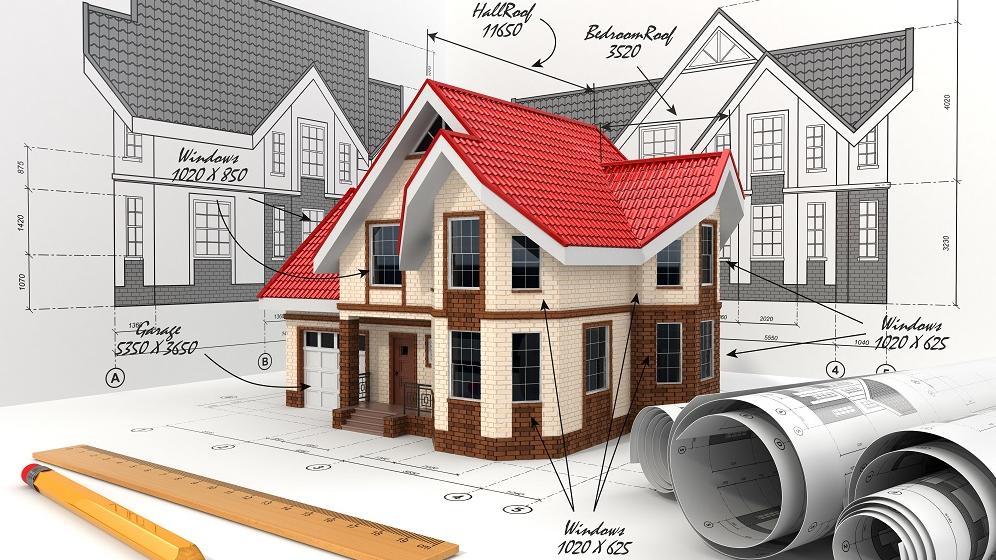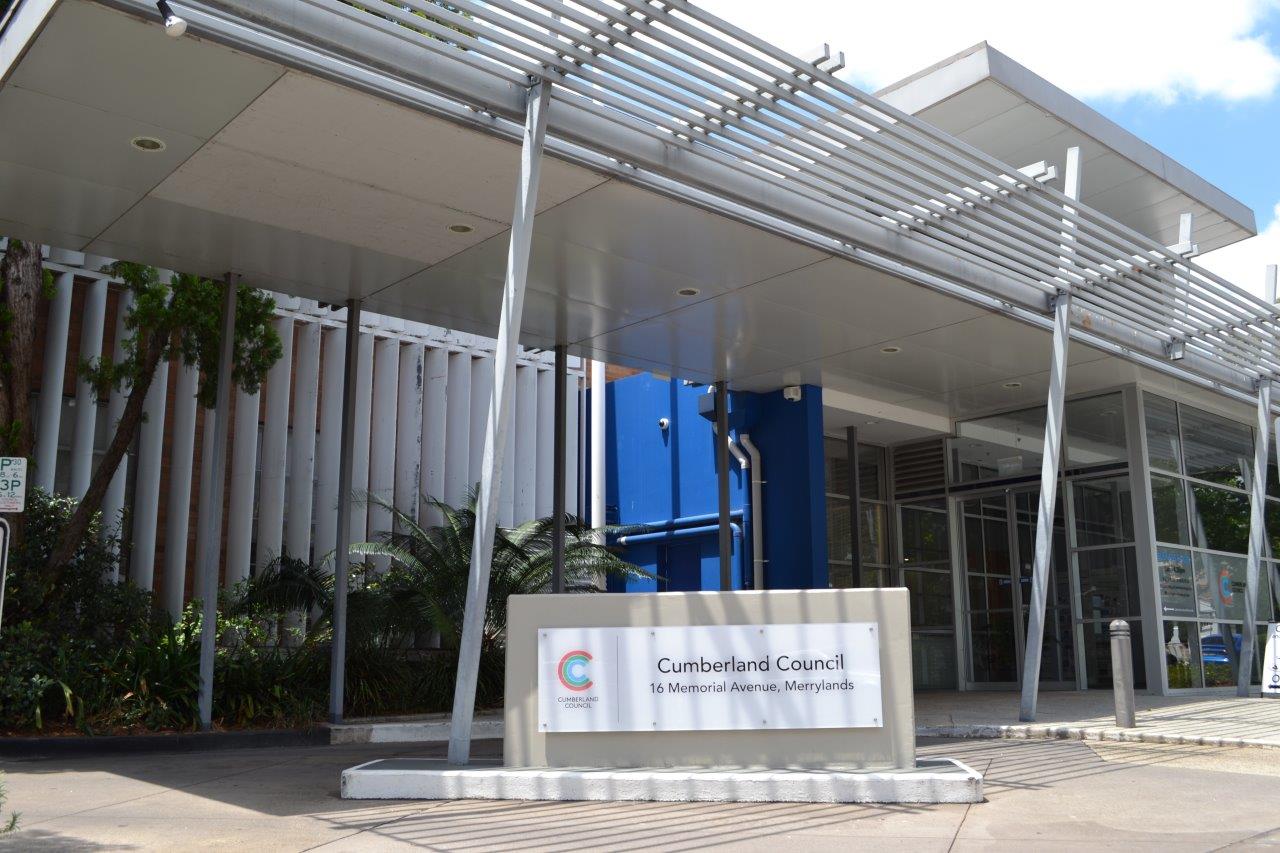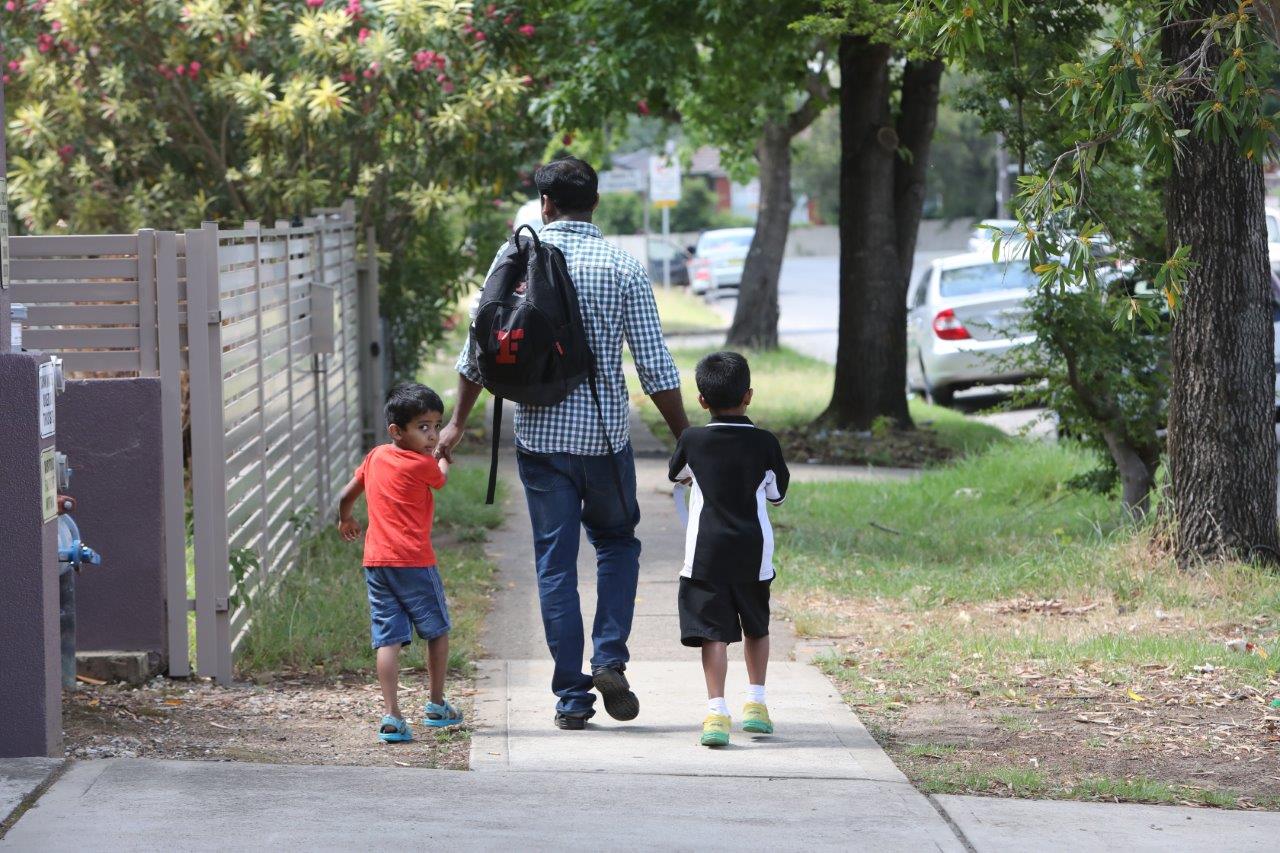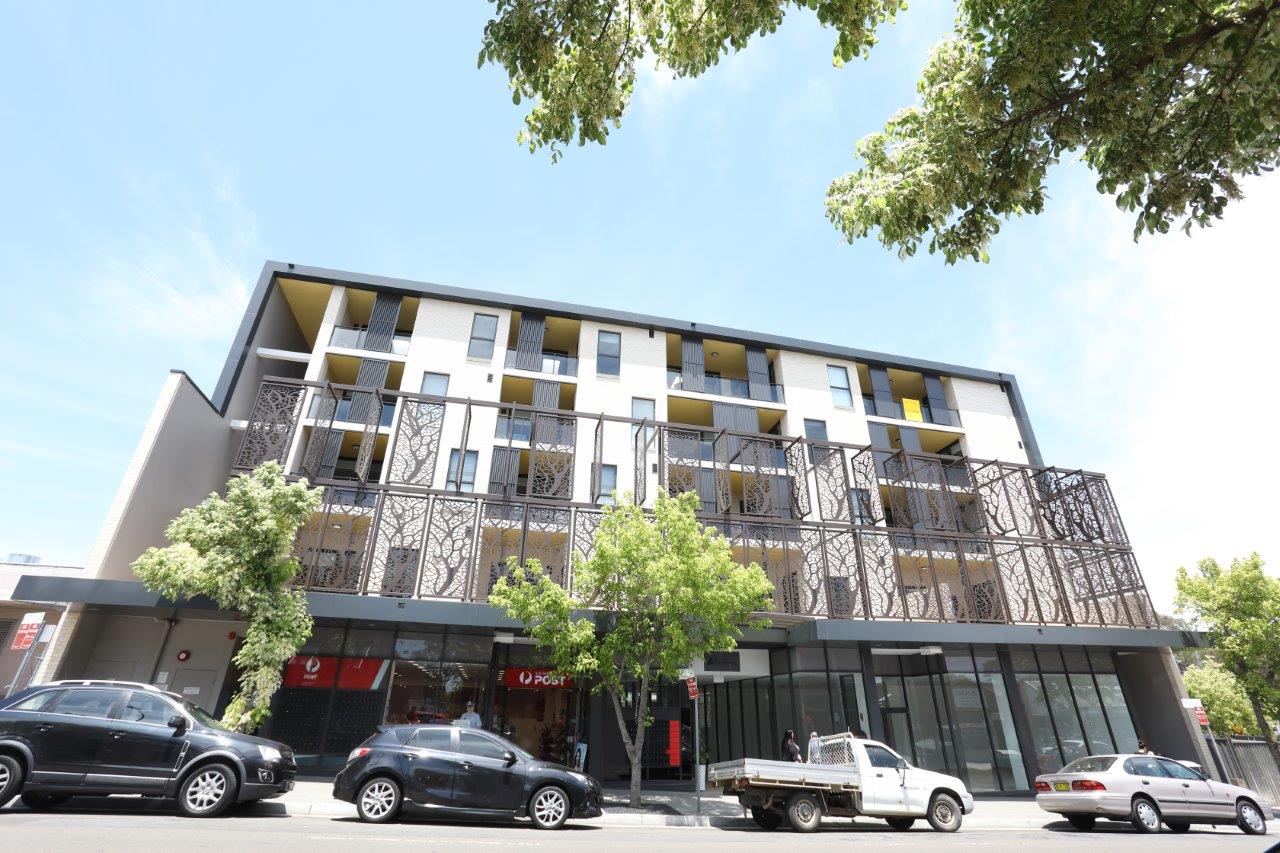
In terms of planning procedures, Cumberland City Council follows a comprehensive process to ensure that development within its boundaries is carried out in a sustainable and responsible manner. The planning process involves several stages, including:
- Pre-development application stage: This stage involves the identification of development opportunities and potential constraints. The council assesses proposals and provides advice on planning policies, regulations, and standards.
- Development application stage: This stage involves the preparation and submission of a development application. The council assesses the application in accordance with relevant planning legislation, policies, and guidelines. The assessment process may involve consultation with stakeholders and the community.
- Determination stage: Once the council has assessed the application, it makes a determination on whether to approve or refuse the development proposal. The determination is made based on a range of factors, including the impact of the proposal on the environment, infrastructure, and community.
- Post-determination stage: Once a determination has been made, the council ensures that the conditions of approval are met and that the development is carried out in accordance with the approved plans.
Overall, Cumberland City Council's planning procedures aim to balance the needs of the community with the need for sustainable development. The council works closely with developers, stakeholders, and the community to ensure that development within its boundaries is carried out in a responsible and sustainable manner.
Our development application process
1. Pre-lodgement stage:
- Developer identifies potential development opportunities and constraints.
- Developer consults with council to obtain advice on planning policies, regulations, and standards.
- Council provides feedback and advice to the developer.
2. Lodgement stage:
- Developer submits a development application to the council.
- Council reviews the application for completeness and requests any missing information.
- Council acknowledges the receipt of the application and provides an application number.
3. Referral stage:
- Council refers the application to relevant internal and external stakeholders for review and comment.
- Stakeholders provide feedback to the council on the application.
- Council collates the feedback and reviews the application against relevant planning legislation, policies, and guidelines.
4. Assessment stage:
- Council assesses the application against relevant planning legislation, policies, and guidelines.
- Council considers the feedback provided by stakeholders.
- Council may request additional information or clarification from the developer.
- Council prepares a report and recommendation to the council's decision-making body.
5. Determination stage:
- Council's decision-making body considers the report and makes a determination on the application.
- Council advises the developer of the determination and any conditions of approval.
- If approved, the developer must meet the conditions of approval before commencing development.
6. Post-determination stage:
- Developer obtains any necessary permits and approvals.
- Developer carries out the development in accordance with the approved plans and conditions.
- Council monitors compliance with the conditions of approval and may undertake inspections as necessary.
Frequently asked questions (FAQs) regarding the development application process
What is a development application?
A development application is a formal request made to a local council or other relevant authority seeking approval to carry out a proposed development on a specific property.
What types of development require a development application?
Generally, any proposed development that involves a change in land use, the construction of a new building or structure, or the alteration or extension of an existing building or structure will require a development application.
How do I submit a development application?
Development applications are typically submitted to the local council or relevant authority in the area where the proposed development will take place. The application can be submitted via the NSW Planning Portal with associated documents.
The checklist on submission documents can be obtained from Council's website www.cumberland.nsw.gov.au/forms-certificates-and-checklists
What information do I need to provide in a development application?
The information required in a development application can vary depending on the nature and scale of the proposed development. Generally, applicants will need to provide detailed plans and specifications of the proposed development, along with information on the potential impacts of the development on the surrounding area.
The checklist on submission documents can be obtained from Council’s website www.cumberland.nsw.gov.au/forms-certificates-and-checklists
How long does the development application process take?
The length of the development application process can vary depending on a range of factors, including the complexity of the proposed development, the number of stakeholders involved, and the level of community consultation required. In general, the process can take several weeks to several months.
Can I appeal a decision made on my development application?
Yes, in most cases there is a mechanism for appealing a decision made on a development application. This may involve lodging an appeal with the relevant authority or seeking a review of the decision through a legal process.
What happens if my development application is approved?
If your development application is approved, you will usually be required to meet certain conditions before you can commence construction. These conditions may relate to issues such as environmental impacts, traffic management, and building specifications.
What happens if my development application is refused?
If your development application is refused, you may have the option to lodge an appeal or seek to modify the proposal and submit a new application.





